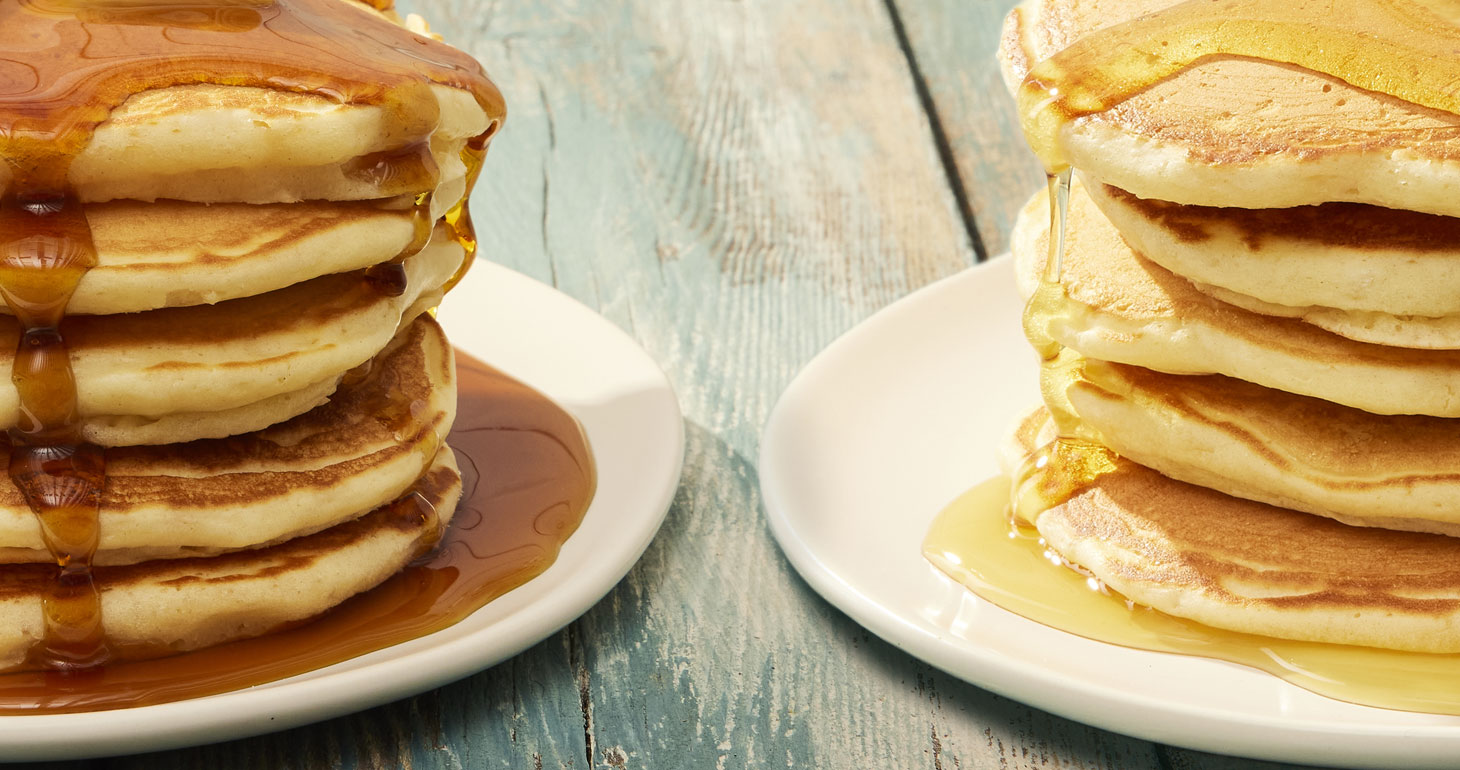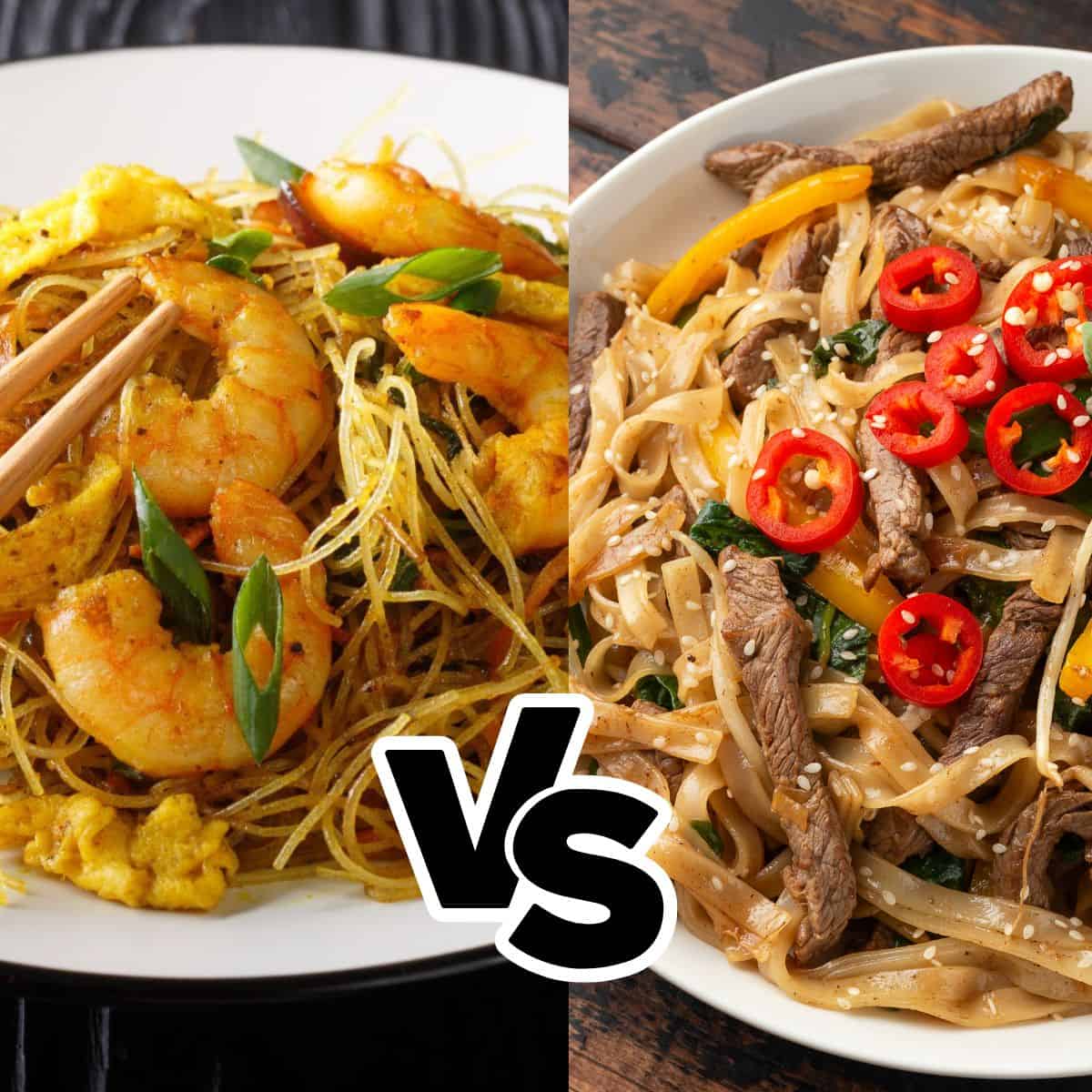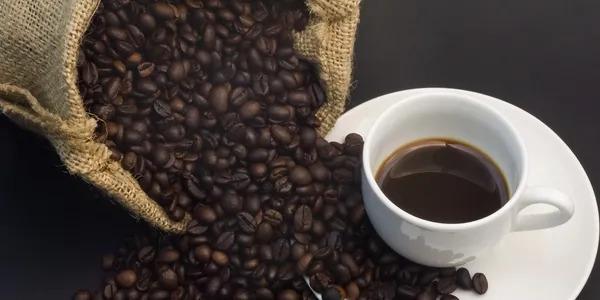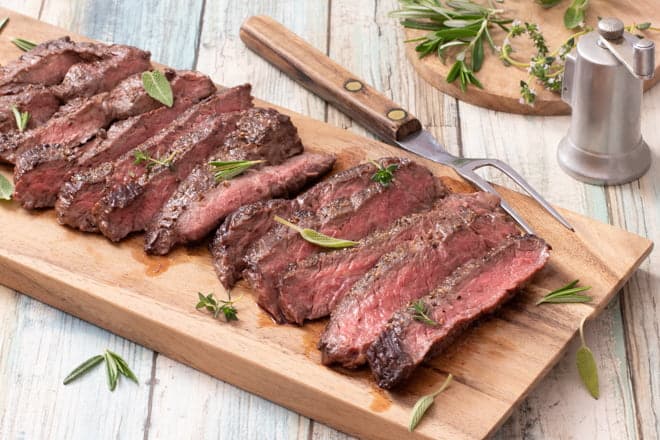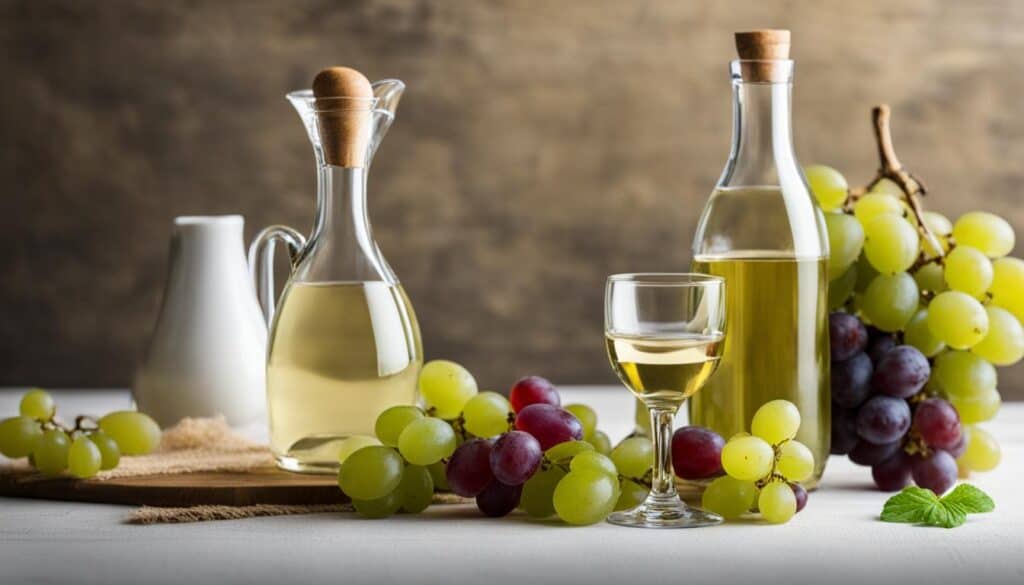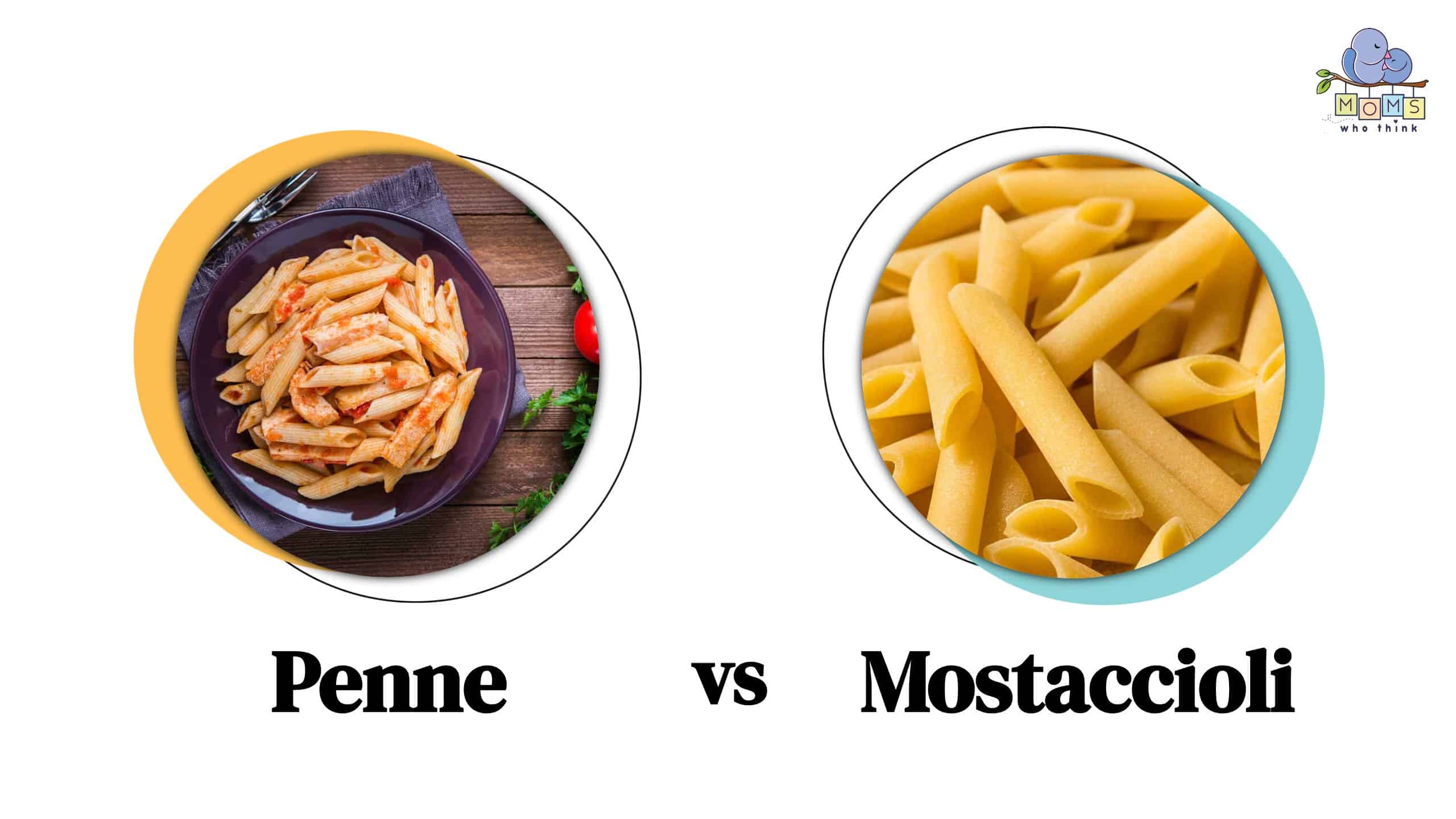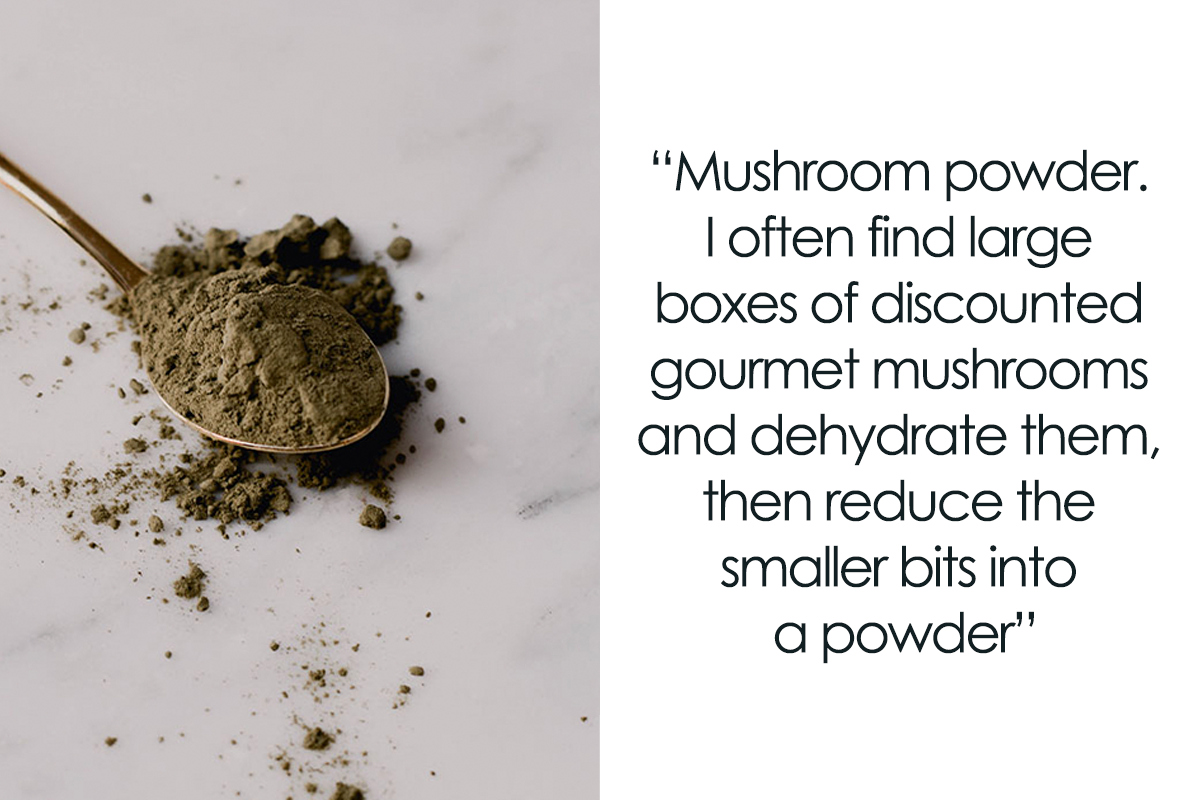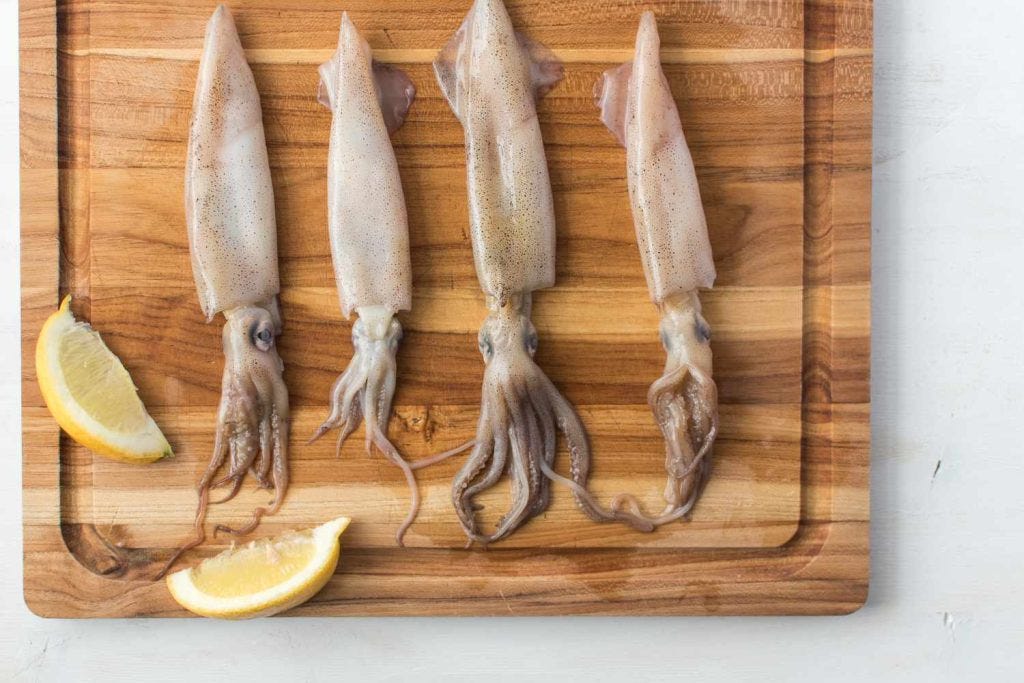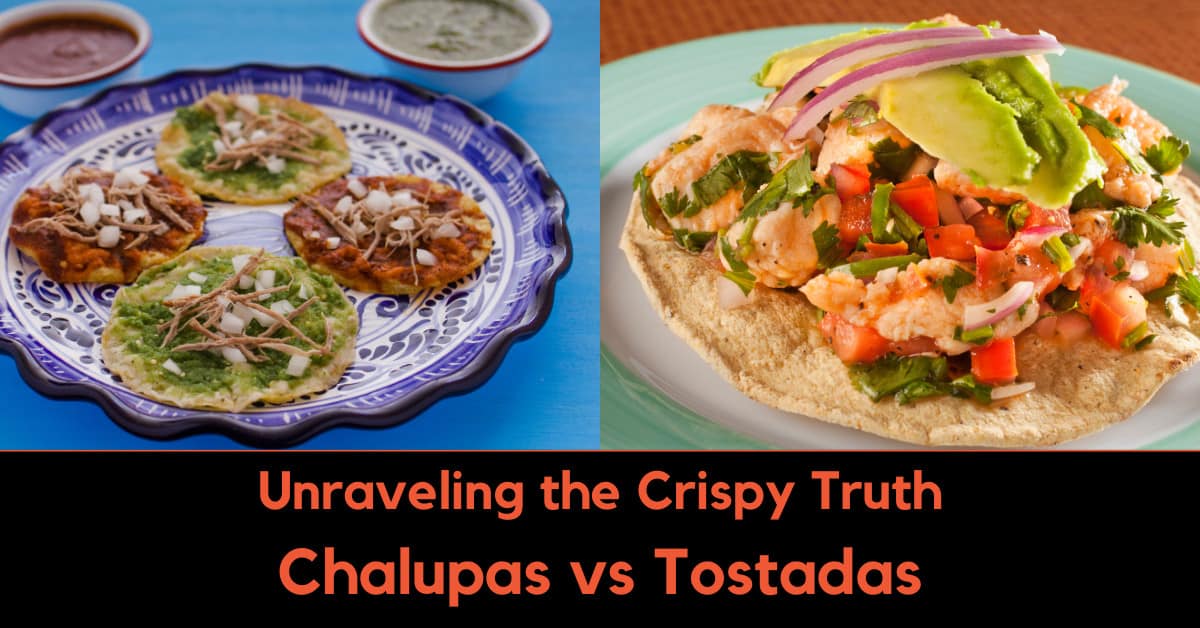The Great Debate: Flapjacks vs Pancakes Unveiling the Differences!
– Flapjacks and pancakes are both popular breakfast dishes.
– Flapjacks are a British creation, while pancakes are a staple in American breakfast culture.
– Flapjacks are made with rolled oats, butter, sugar, and syrup, while pancakes are made with flour, eggs, milk, and a leavening agent.
– Flapjacks have a chewy, oat-based texture, while pancakes have a soft, fluffy texture.
– Flapjacks are sometimes combined with ingredients like honey, sugar, and dried fruits, while pancakes can be topped with various syrups and toppings.
– In the United Kingdom, flapjacks are oat-based bars that are baked and consumed as a snack, while in the United States and Canada, flapjacks are synonymous with pancakes.
– Flapjacks are mainly popular in British cuisine, while pancakes are popular in North American breakfast culture.
– Pancakes, also known as hotcakes or crumpets, are made from a batter and enjoyed with various toppings like syrup, fruit, or chocolate chips.
– Both flapjacks and pancakes offer versatility in ingredients and preparation, allowing individuals to create their preferred breakfast or dessert dish.
– Flapjacks can be served with toppings like lemon juice and jam, while pancakes can be served with toppings like maple syrup, honey, chocolate syrup, whipped cream, and fresh fruit.
– Flapjacks contain nutritious ingredients such as rolled oats, dried fruit, and various seeds, while pancakes provide essential nutrients like protein and calcium.
– Pancakes can be made more nutritious with ingredients such as bananas, cheese, and berries.
